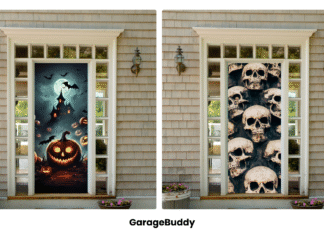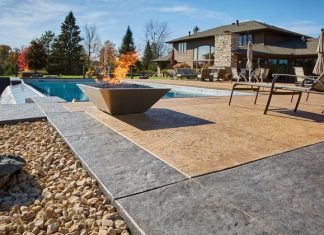After water damages your home, it might not be safe to live in. These 7 tips can help get your home back to a livable state.
Water damage can cause untold costs you were not expecting. A house that has suffered through a flood or long-term leak is a house that might have damage to the structure. If you don’t repair the damage a flood or leak causes, your home’s structure could be under threat. Worse, mold and dampness are causing spores to produce toxins, which your family may be breathing in.
If your home has suffered water damage, here are seven tips that can help you repair it.
1 – Hire a professional water damage restoration firm
If you have water damage in Atascadero, hiring a pro is the best way to deal with water damage. They will come to your home, assess the situation, and remove any hazardous material. They will de-humidify your property and restore the building work to its former solidity. If your home is damaged by water, this is the quickest route to a full recovery.
2 – Empty the Property
Everything that is damp due to water damage is sitting in a damp room inside a damp house. Bring it all outside into the air and let it dry. Use a gazebo if you must but get it out of the house.
3 – Maximize Airflow
Now that the property is empty, your priority ought to be promoting airflow into the rooms. This can halt the spread of mold and mildew. Applying too much heat can speed up the growth of bacteria, which brings us to our next step. Using fans to circulate air can help.
4 – De-Humidify
Rather than turning up the heat and blasting the room dry, bring in de-humidifiers to capture and remove the water from the atmosphere. Blasting the heat causes condensation, whereas using the de-humidifiers removes the water altogether. You can see which works best here for yourself.
5 – Inspect the property thoroughly
When inspecting the newly-dried property, you are looking for three things. First, inspect for signs of dampness or that there is still moisture in the building. If you find it, run the fans and de-humidifiers again.
Next, check for mildew. If your property has signs of mold, you need to treat that as a separate problem. Mold spores can be eliminated with cleaning chemicals and water damage remediation. To allow it to remain in the house is to endanger the brickwork.
Third, you are inspecting your property for signs of damage to the building materials within it. Look for damaged, softwood, splintering, or eroded areas of plaster.
Consider hiring a pro cleaner to disinfect the property before you continue.
6 – Consider PPE
If the mold is bad, you need to PPE up before you tackle it. Respiratory protection is essential if you find black mold. You should wear gloves and eye protection to remove damaged building materials, too.
7 – Restoration
The final step in restoring your property is returning to your pre-flood or water damage state. This might mean redecorating your home, replacing worn building materials, and otherwise recovering from the flood.















